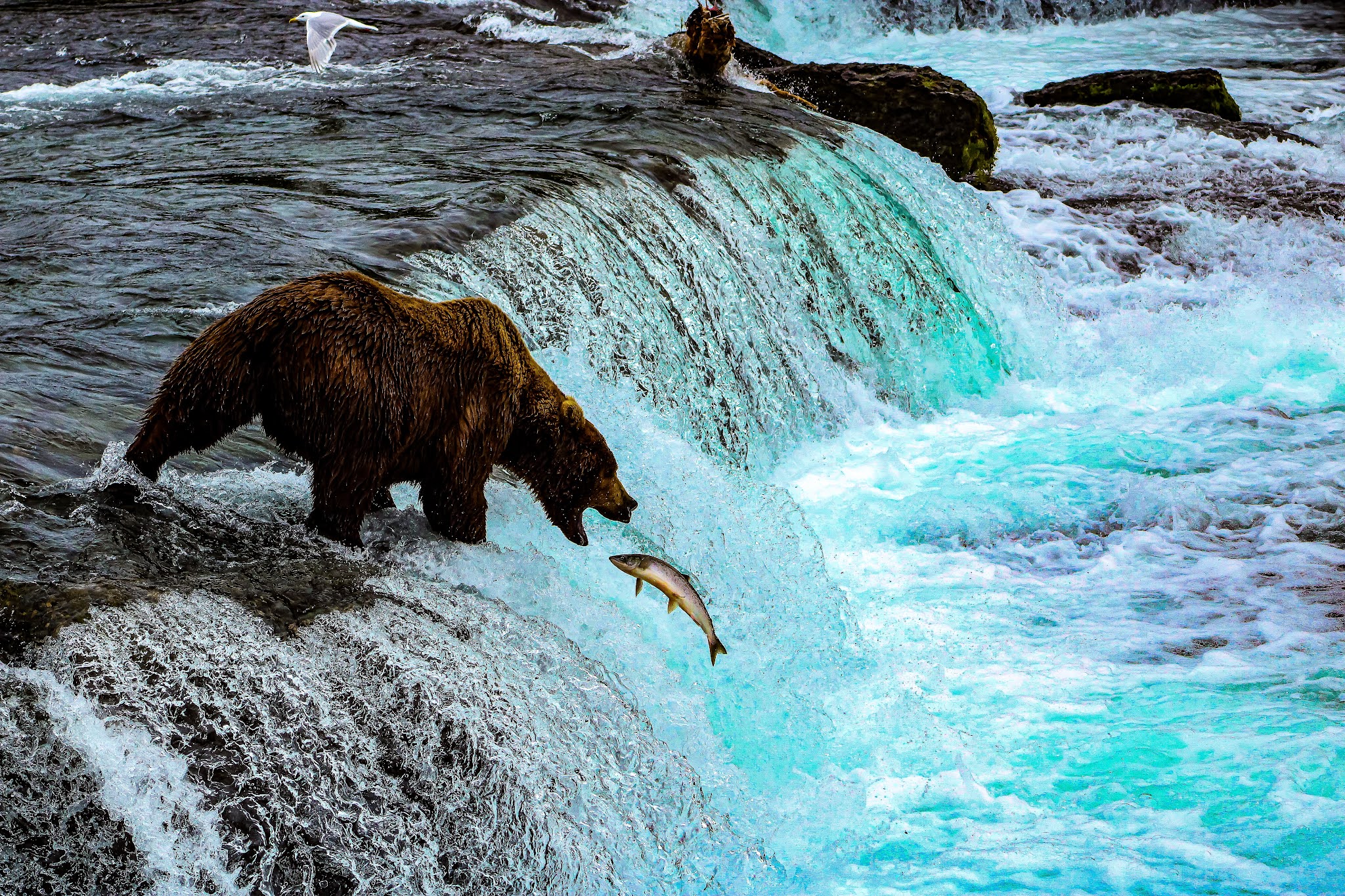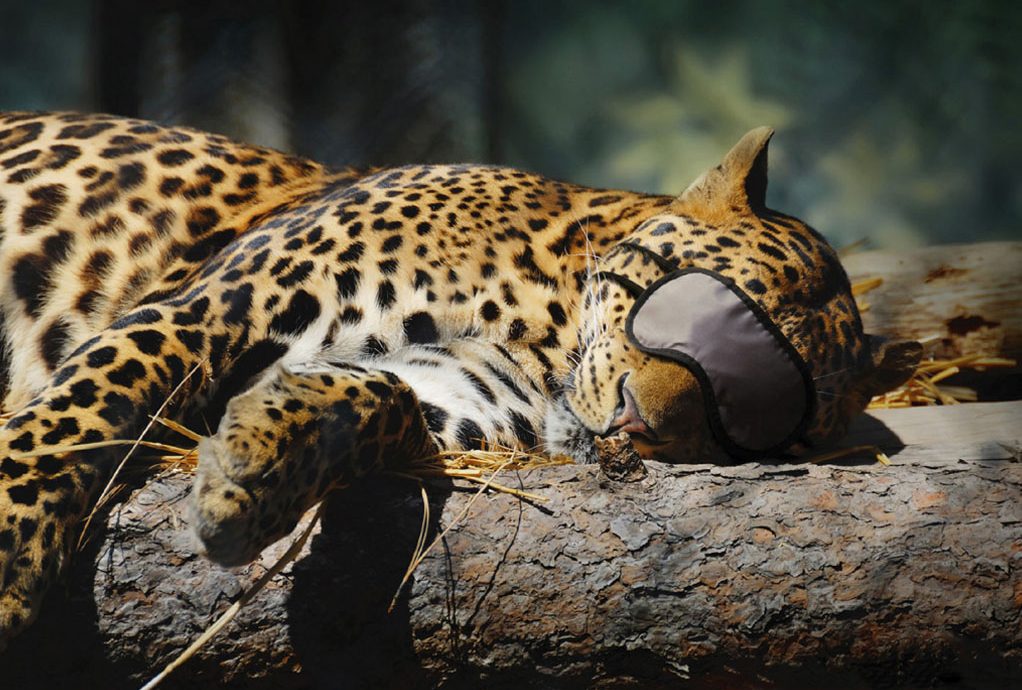Grizzly bear vs. black bear: What’s the difference?
Grizzly bear vs. black bear: What’s the difference?
By Rachel Werner
Throughout the history of North America, bears have always held a large share of human imagination. They are large and powerful hunters in a vast landscape, into which they blend and move seamlessly. Even as more and more habitats are destroyed to make way for developments and expanding cities, bears continue to adapt and find ways to survive. The United States is notable for its two bear species: the black bear and the Grizzly bear. They have many similarities, as well as many differences, and both have played an important role in the culture of the United States.
Alongside the elk, the mustang, and the Prairie dog, the Grizzly bear is one of the most iconic animals native to the American West. Although the Grizzly population dwindled in the 1970s, these bears are thriving today, despite threats from climate change and habitat loss.
Another notable bear in American culture is the black bear. While the Grizzly is an inhabitant of the Western U.S., the black bear thrives in both the Eastern and Western parts of the country. Interestingly, black bear numbers in some parts of the country are increasing, despite conservation programs for other species and habitat changes.
It can sometimes be hard to distinguish between the black bear and the Grizzly bear. After all, in spite of its name, a black bear can be cinnamon, brown, white, blonde, or a few other colors, while Grizzly bears tend to be various shades of brown to black. Not only do these bears look alike, but they also have many other characteristics in common, such as diet and behaviors related to raising their young, mating, and hibernation. At first glance, these bears can be difficult to distinguish from one another.
Fortunately, there are a few notable differences between the Grizzly bear and the black bear. One of the most obvious is a physical difference between the two. The Grizzly bear has a distinctive hump between its shoulders, while for the black bear, no such hump exists. Other differences include a dished (black bear) versus a straight (Grizzly) face profile. The black bear is more of a climber than its larger cousin; in general, black bears tend to weigh approximately 200 pounds less than Grizzlies.
In spite of their differences, black bears and Grizzly bears are also similar in many ways. Both are omnivores, which means that they eat vegetation, fruits, and nuts, as well as meat. They are also usually avoidant of humans and hibernate during the winter. Sadly, both types of bears are also threatened by human activities such as feeding, illegal hunting, and the destruction of habitat.
Although these bears share similarities and differences, they all must be treated with respect and awareness of their potential for harm. When humans feed bears and fail to respect wildlife viewing guidelines, bears can attack tourists and grow dependent on human food. Sadly, bears that have begun such behaviors have little hope for rehabilitation, and must pay the price for the bad decisions of tourists.
However, there are things we can do to help the bears. Individuals living in bear habitats should invest in bear-proof trash cans. Architects and road engineers should take into account how their work can best blend and coexist with nature. Instead of creating lawns, homeowners should try to leave as much natural brush and wild land as feasible to provide homes for all wild animals. Bears have always been a legendary, revered part of our heritage in this country. It is important for all of us to work to preserve these important parts of our ecosystem and our history.



Comments
Post a Comment